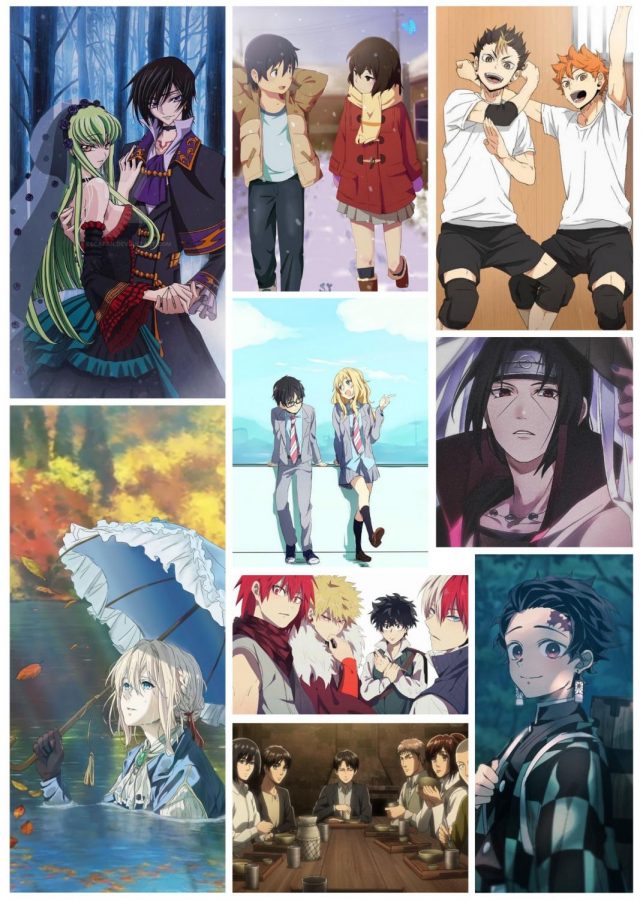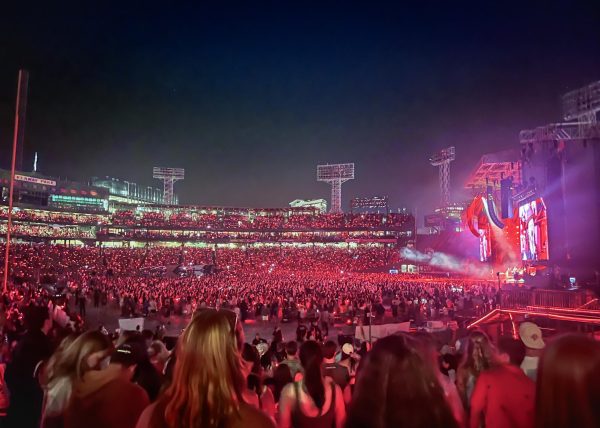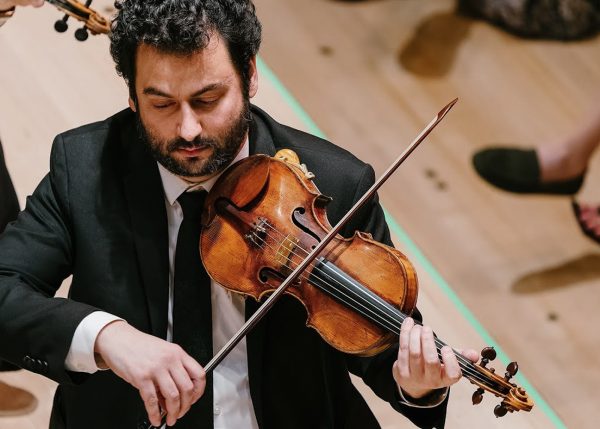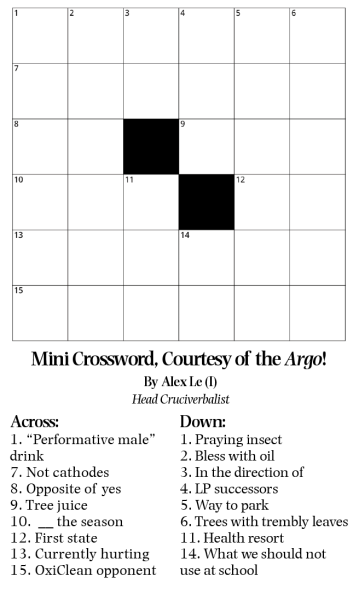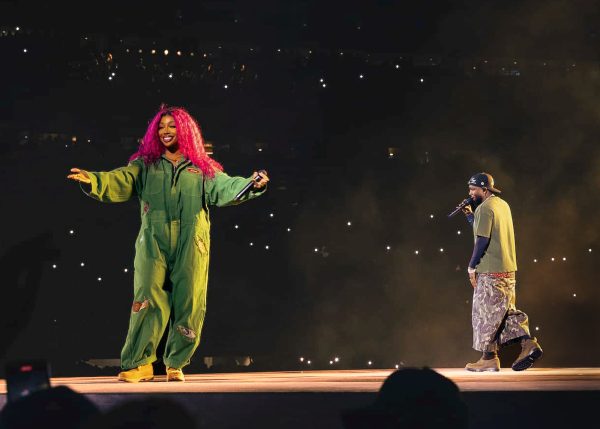The Rise of Anime
In recent years, anime has grown in popularity both worldwide and at Boston Latin School. Characterized by fantastical plots portrayed in a two-dimensional, hand-drawn style, anime has been around since 1917. Historically considered a genre, anime is a combination of cinematography and graphic art. It is available in movie theatres, on the Internet and through television broadcasts.
Anime content has also recently increased on reputable streaming platforms such as Netflix, where shows including Shoukugeki no Soma, Avatar: The Last Airbender, The Seven Deadly Sins and The Disastrous Life of Saiki K have launched anime into fame among international audiences.
The history of anime has different phases. The first phase consisted of animations primarily for children, while the animations in the second phase were developed to appeal to otakus. Otaku is a Japanese word meant to describe someone with obsessive interests, such as anime, manga or video games. The third phase began when anime became less of a specialized genre and more of a generic art form and a method of filmmaking.
Albert Ly (V) attributes the increase of anime’s popularity to this third phase of anime’s development, saying, “All [phases] of anime are good but anime for the recent years has made a huge impact on this generation.” Sure enough, the fan community in the English-speaking world has steadily grown since the beginning of the third phase of anime, due to its English subtitles and dubbing.
Joanna Li (I), another anime fan, says the artistic aspects of anime, especially “the character design and fight scenes’ animation,” appeal to him. “I’m a sucker for fantasy, action, supernatural, and the like, so when the visuals combine with those themes, it’s magical,” he adds. Ultimately, the art style is key to maintaining an interest in anime, and the plot and theme only add to the popularity.
Anime fan bases continue to grow as the genre becomes less niche while maintaining its distinct style. The audience for anime also broadens as the representation of minority groups increases. Li explains, “The recent uptick of queer representation in more mainstream animes (Kakegurui in particular) is always welcome as an LGBTQ kid.”
Social media has played a part in the spread of anime, with content about it reaching teens around the world. Winnie Lum (I), an anime fan and member of the Japanese Culture Club (JCC), shares the popularity of Kakegurui, “helps me to connect with new friend groups and get into new environments.” This shared enthusiasm for anime was reflected in the Michael Giordano Halloween Contest, where some people dressed in cosplay as anime characters. “It was fun to see how people would dress up in those types of costumes for Halloween,” Lum recalls.
Anime’s increased popularity, however, does not come without flaws. Li describes it as “a weird double-edged sword.” He explains that “[anime] contributes to a lot of weird borderline(s) and outright fetishization of East Asians and romanticization of Japan.” Lum explains that at JCC, club members explore the language behind anime as well as economic and cultural influences. Overall, anime has fostered a global community of fans through its distinct art style and unique plots.



